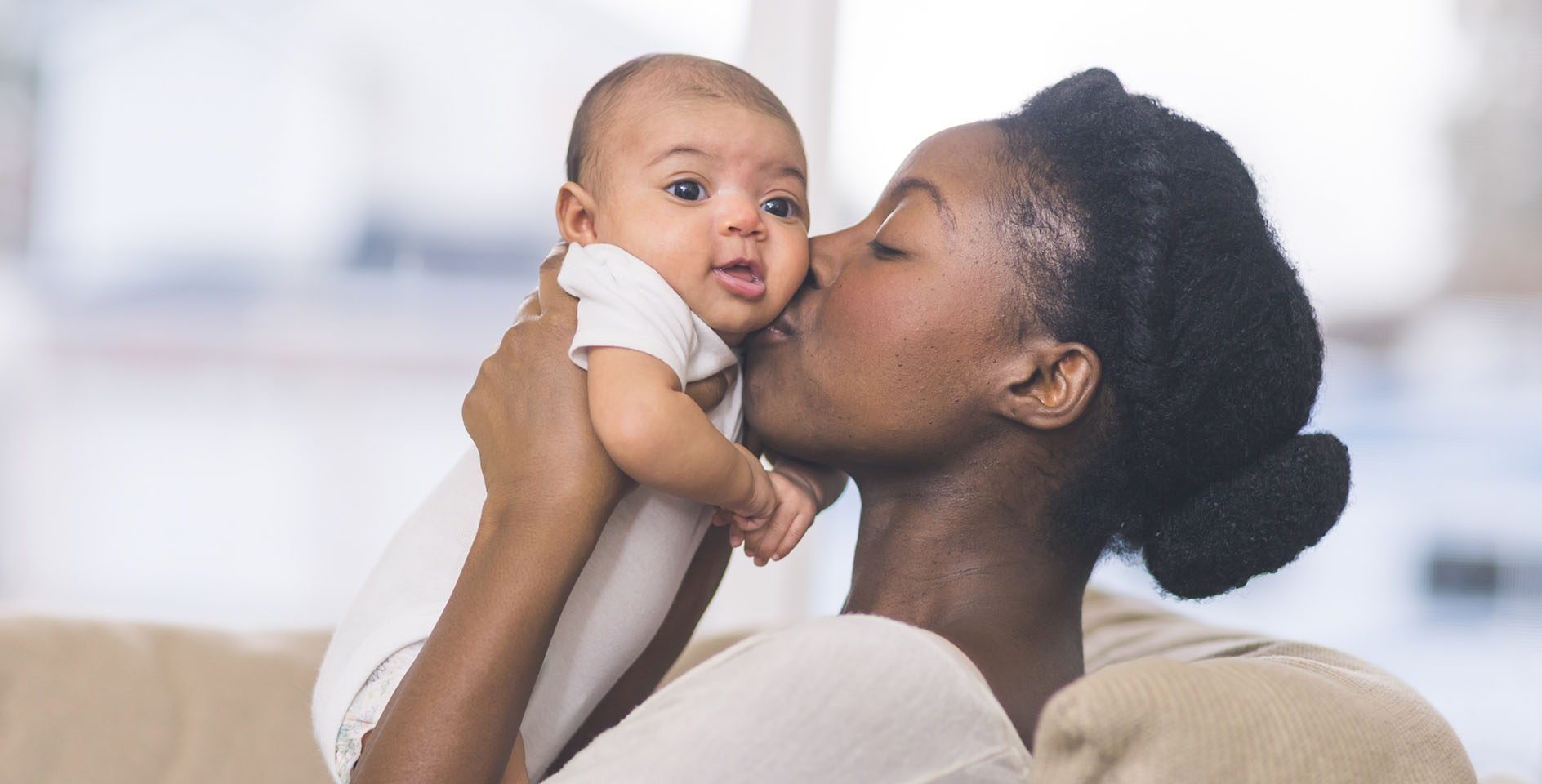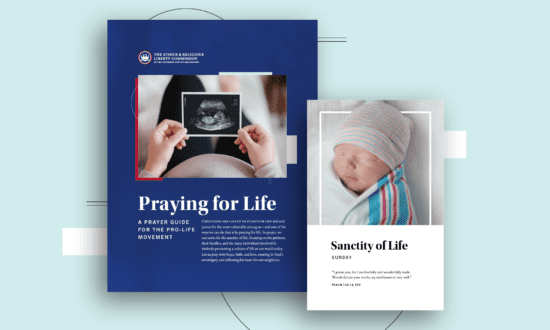Maternal death is a tragedy that affects women and their families around the world. In the United States, maternal death rates have been on the rise, with the U.S. having one of the highest maternal mortality rates among developed countries. Recently released federal data reveals that the nation’s maternal death rate rose significantly in 2021, with the rates among Black women more than twice as high as those of white women.
Here is what you should know about maternal death in America.
What is the maternal death rate?
The maternal death rate is the annual number of female deaths from any cause related to or aggravated by pregnancy or its management (excluding accidental or incidental causes) during pregnancy and childbirth or within 42 days of termination of pregnancy.
A related concept is “late maternal death,” which is the death of a woman from direct or indirect obstetric causes, more than 42 days but less than one year after termination of pregnancy.
How many maternal deaths occurred in 2021, and what was the rate of maternal death?
In 2021, 1,205 women died of maternal causes in the United States compared with 861 in 2020 and 754 in 2019—an increase of 40%. The maternal mortality rate for 2021 was 32.9 deaths per 100,000 live births, compared with a rate of 23.8 in 2020, and 20.1 in 2019.
The increases from 2020 to 2021 for all groups were significant. But the maternal mortality rate for Black women, though, was more than twice as high as the rate for white women—69.9 deaths per 100,000 live births.
Rates also increased with maternal age. Rates in 2021 were 20.4 deaths per 100,000 live births for women under age 25, 31.3 for those aged 25–39, and 138.5 for those aged 40 and over. The rate for women aged 40 and over was 6.8 times higher than the rate for women under age 25.
What are the primary causes of maternal death?
The Centers for Disease Control conducted a study in 36 US States over the period 2017–2019. The results showed that the six most frequent underlying causes of pregnancy-related death were:
- mental health conditions (22.7%)
- hemorrhage (13.7%)
- cardiac and coronary conditions (12.8%)
- infection (9.2%)
- thrombotic embolism (8.7%)
- cardiomyopathy (8.5%)
The six causes accounted for over 75% of pregnancy-related deaths during the period of the study.
Leading underlying causes of death varied by race and ethnicity. Cardiac and coronary conditions were the leading underlying cause of pregnancy-related deaths among non-Hispanic Black persons; mental health conditions were the leading underlying cause of death among Hispanic and non-Hispanic White persons; and hemorrhage was the leading underlying cause of death among non-Hispanic Asian persons.
The leading causes of pregnancy-related death among non-Hispanic American Indian or Alaska Native and non-Hispanic Native Hawaiian and other Pacific Islander persons were not ranked because of small population size.
When is maternal death most likely to occur?
The CDC study found that among deaths for which timing in relation to pregnancy is known, approximately 22% of deaths occurred during pregnancy, 25% occurred on the day of delivery (within 24 hours of the end of pregnancy) or within a week after delivery, 23% occurred from 7 to 42 days postpartum, and 30% occurred in the late postpartum period.
Why are maternal deaths so much higher for Black women?
Black women in the U.S. are two to four times more likely to die from pregnancy-related complications than white women. This racial disparity exists regardless of education level or income. In fact, college-educated Black women have a higher risk of maternal death than white women who did not complete high school. The reasons behind these disparities are complex and multifaceted, but are often attributed to racial disparities in maternal health.
Many women in the U.S. lack access to affordable and quality healthcare, particularly in rural areas and communities of color. This can lead to delays in seeking care or not receiving necessary care, which can increase the risk of maternal death. In addition, many women lack access to postpartum care, which is critical to ensuring the mother’s health and well-being after childbirth.
The rising burden of non-communicable diseases (NCDs) such as obesity, diabetes, and hypertension is also contributing to the high maternal mortality rates in the U.S. Women with pre-existing NCDs are at a higher risk of developing complications during pregnancy and childbirth, which can lead to maternal death. In addition, pregnancy can exacerbate pre-existing NCDs, leading to maternal death.
What can be done to lower the number of maternal deaths?
In their most recent study (2017-2019), the CDC estimated that 84% of maternal deaths were determined to be preventable. A maternal death is considered preventable if there was at least some chance of the death being averted by one or more reasonable changes to patient, community, provider, facility, and/or systems factors.
The leading cause of maternal death—mental health conditions—is a condition that is mostly preventable. Improving access to mental health care and increasing suicide prevention efforts could have a significant effect on reducing the numbers.
Similarly, providing better access to preventive care could help reduce the burden of non-communicable diseases such as obesity, diabetes, and hypertension that put women at a higher risk of developing complications during pregnancy and childbirth, which can lead to maternal death.
In general, lack of access to quality maternal healthcare services in rural areas and communities of color has contributed to the problem. This lack of access can lead to delays in seeking care or not receiving necessary care, which can increase the risk of maternal death. In addition, many women lack access to postpartum care, which is critical to ensuring the mother’s health and well-being after childbirth.
What can the Church do to help?
No matter their circumstances or conditions, every woman, baby, and family is valuable. Christians should show genuine care by supporting initiatives and policies that help protect vulnerable mothers.
When Christians show they care about women and are broken over the issues that arise when women don’t receive the care they need, the world sees a little more clearly that God cares for women. He cares for the broken. He cares for the hurting. As Christ’s ambassadors, God calls the Church to love women, babies, and families and to be conduits of life.
Pregnant women and their families, healthcare providers, hospitals and healthcare systems, and states and communities can all work together to reduce maternal mortality rates. And as churches invest themselves in their communities and pursue the well-being of their cities (Jer. 29:4-7), they are uniquely positioned to be a source of hope and light.









